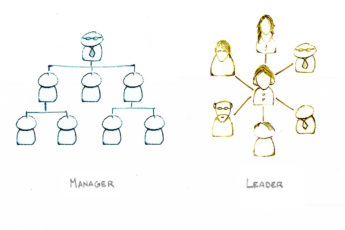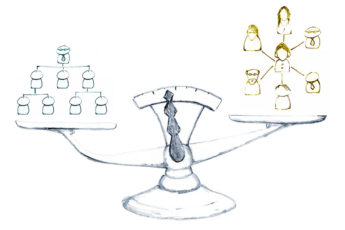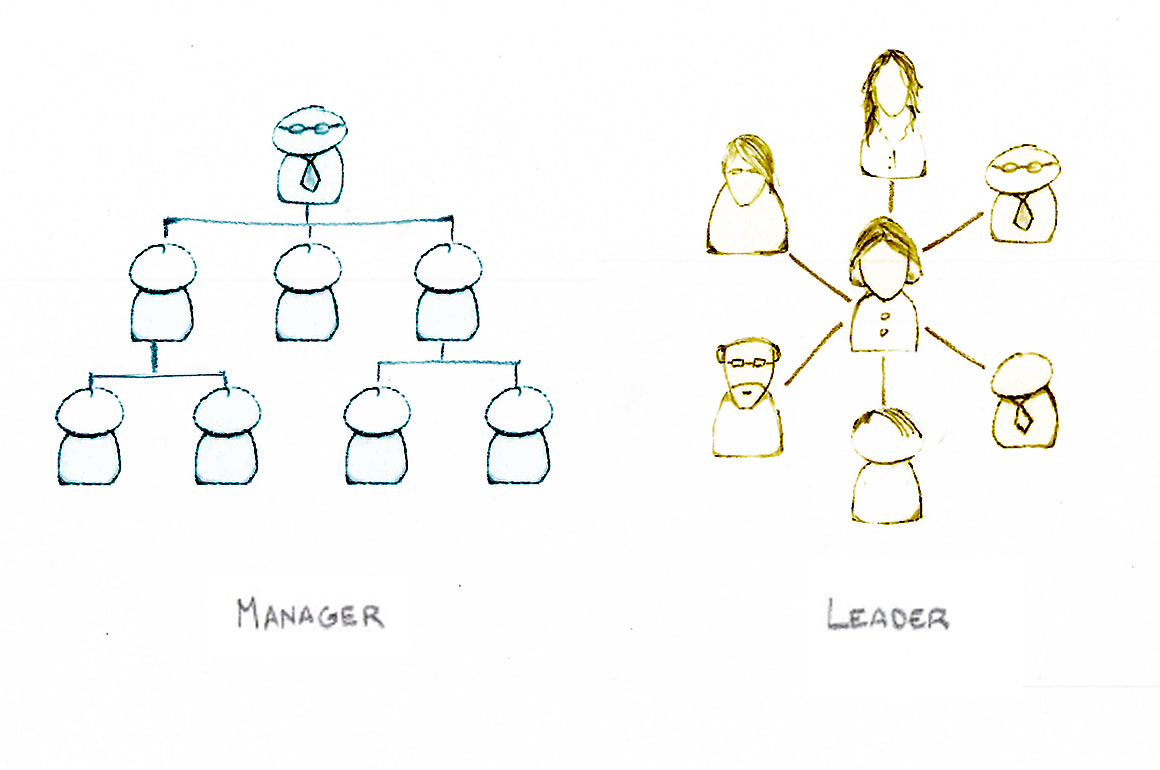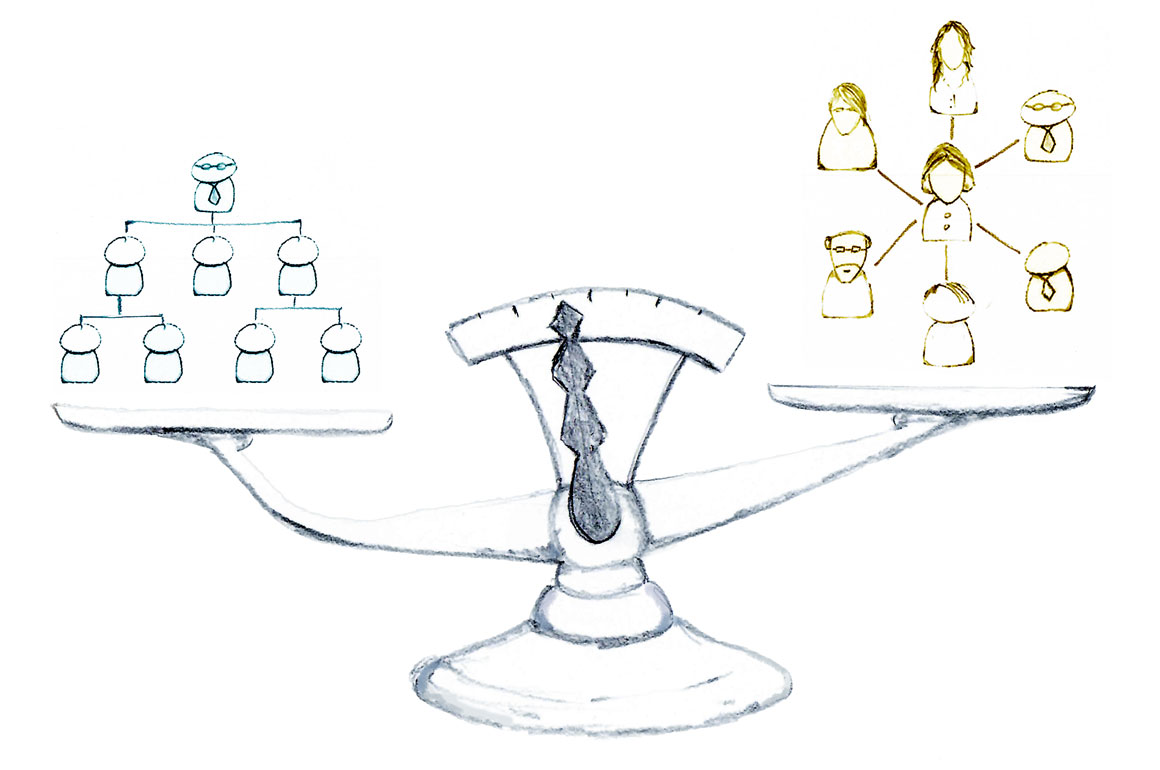How do I get better at delegating effectively?

Q: How do I get better at delegating effectively?
A:
Five ingredients to successfully delegate
1. Clarity of purpose
2. Collaborate as equals and let the delegate lead
Once there is clarity of purpose engage the delegate in designing the approach and establishing the plan. Sharing this responsibility builds confidence in the delegate and establishes ownership. Allowing the delegate to lead the collaboration results in an execution plan they are committing first to themselves and then to you.
3. Calibrate current level of trust
How to calibrate
Delegate a desired outcome and witness their response. If they are asking for very specific execution orders they are likely use to micromanagement. If they engage you with clarifying questions, can verbally structure next steps and checkpoint to ensure alignment, then you have someone that will quickly become a steward.
Calibrating is important since people need the opportunity to grow without feeling inadequate. Once you have delegated the objective you must let it play out even if it results in missed expectations.
Managing expectations
To manage the impact of missing expectations, start off small and short. Try an create proof points that allow both you and the delegate to assess the efficacy. It is so much easier to explain the issues when the delegate sees them for themselves.
Remember, delegation is about creating trust within an organization, so assess your decisions based on that objective.
4. Create stewards
Your goal is to create as many steward relationships as possible. This takes time even with senior or high-performance teams. Part of what can make this slow is the speed at which new relationships develop. If you are new to the team then you may be introducing significant culture change if prior leadership operated differently. Allow for people to adjust to a different way of doing and demonstrate good will by not prejudging or hording work.
5. Coach for the highest quality communication
Delegation requires a variety of checkpoints from frequent (micromanaged) to regular and scheduled (stewardship). Many organizations are dysfunctional when it comes to communicating. This appears in part to be because people are simply repeating what has always been done instead of understanding what is most useful and tailoring to that objective. Yet other organizations are “wild wild west” allowing for anything and everything to pass for communication.
Next steps: Actions that change everything
Get hardcore on clarity. Leaders that are able to effectively capture clarity in purpose, strategy and plan are the only ones that get things that matter done. When faced with ambiguity, either push for clarity, or create it.
- Identify someone that could be your next steward and practice. Not sure who this might be? Begin by calibrating.
- Critically review what your current work products say about you, your team and the work you do. Ask a colleague for constructive feedback. Not sure who you ask? Pick the person most critical of the work, people or company. This is an uncomfortable activity, the last thing you want is to ask for feedback from fans that are eager to applaud.
Three tools for all leaders
READ
Developing the Leaders Around You
by John C. Maxwell
READ
To Be a Great Leader, You Have to Learn How to Delegate Well
by Jesse Sostrin
READ
The 7 Habits of Highly Effective People: Powerful Lessons in Personal Change
by Stephen R. Covey
We use affiliate links on this site. We make a bit of money when you click on those links. It costs you nothing and helps us spread the word.








Leave a Comment